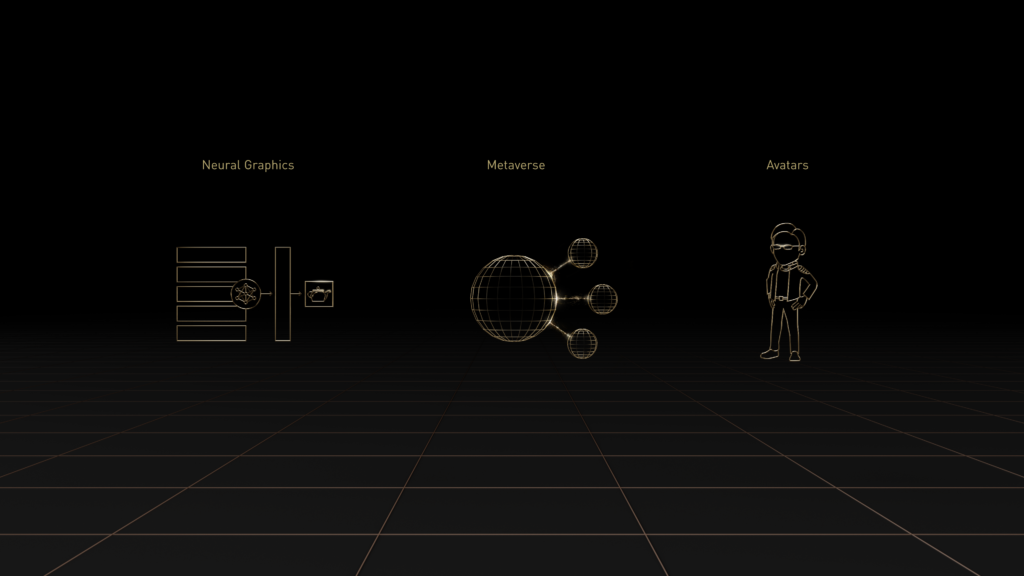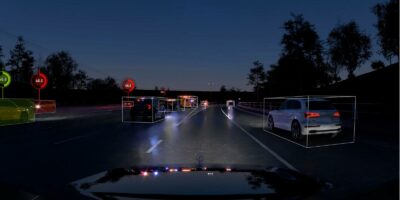Source – NVIDIA
NVIDIA is reshaping the future of innovative technologies
- When creating virtual worlds, universal scene description USD will make it possible for 3D artists, developers, and others to work together across a variety of workflows and apps.
- NVIDIA releases the Avatar Cloud Engine as well as updates to PhysX, MDL, and other technologies.
Recent decades have seen tremendous technological advancements, as well as an increase in the number of digitized goods and services. And due to innovative technologies like artificial intelligence (AI), robotics, biotechnology, and nanotechnology, the rate of change appears destined to quicken.
According to Analytics Steps, 60% of businesses now employ Natural Language Processing (NLP), a kind of machine learning that enables computers to comprehend and control human speech. Additionally, machine learning is now being used actively for business solutions by 70% of the companies.
These technologies have already had a huge positive impact. NVIDIA, however, wants to strengthen that initiative even more and reshape the future of design and content creation in every industry.
Having said that, NVIDIA recently unveiled a comprehensive plan to develop Universal Scene Description (USD), an extensible and open-source language for 3D worlds, into a platform for the open metaverse and 3D internet.
“We’ve been talking about the metaverse for a long time, and we see the metaverse as the extension of the internet. The internet today is largely two-dimensional – It’s the web and with the introduction of the metaverse, we’re making the internet spatial, and 3D,” said Rev Lebaredian, vice president of Omniverse and simulation technology at NVIDIA.

Image showing the three key themes of the NVIDIA special address at SIGGRAPH 2022: Neural graphics, the metaverse, and avatars.
NVIDIA will pursue a multi-year roadmap to increase USD’s capabilities beyond visual effects, enabling it to better support industrial metaverse applications in architecture, engineering, manufacturing, scientific computing, robotics and industrial digital twins.
“We believe that universal scene description (USD), which was invented by Pixar and open source in 2015, is the standard on which the metaverse is being built. We’ve been contributing to it for many years now and have increased our investment in this area,” said Lebaredian.
Lebaredian claims that USD will enable 3D artists, developers, and others to collaborate cooperatively across various workflows and apps as they create virtual worlds, in addition to media and entertainment. “Working with our community of partners, we’re investing in USD so that it can serve as the foundation for architecture, manufacturing, robotics, engineering, and many more domains,” he added.
Updates in NVIDIA’s innovative technologies portfolio
In addition to USD, NVIDIA also introduced NVIDIA Omniverse Avatar Cloud Engine (ACE), a set of cloud-native AI models and services that facilitate the creation of realistic virtual assistants and digital humans.
By moving these models and services to the cloud, ACE gives companies of all sizes instant access to the enormous computing power required to create and deploy assistants and avatars that comprehend multiple languages, react to voice commands, interact with their surroundings, and provide insightful recommendations.
Furthermore, the company unveiled the following platform updates:
- Omniverse Kit — a toolkit for building native Omniverse extensions and applications:
○ Major improvements to PhysX® in Omniverse, such as real-time, multi-GPU scalable soft body and particle cloth simulation, have helped increase the physical accuracy of virtual worlds and objects.
○ New OmniLive Workflows — An overhaul of USD-based collaboration in Omniverse, offering faster 3D workflows across various apps and enabling non-destructive USD workflows to facilitate easier than ever cooperation between artists and developers
- Omniverse Audio2Face — An AI tool that can produce face animations directly from an audio file marks a significant advancement in AI-driven animation with the unprecedented capability to infer and generate realistic emotions and move all facial features,
- Omniverse Machinima —An app for easily building 3D cinematics and animated films introduces hundreds of new, free 3D assets from the games Post Scriptum, Beyond the Wire, and Shadow Warrior 3, as well as a new set of AI animation tools like Audio2Gesture, an AI that creates realistic arm and body motion from an audio file.
- Omniverse DeepSearch —DeepSearch, which is now accessible to Omniverse Enterprise customers, enables teams to utilize AI to quickly and precisely search through huge, untagged 3D asset databases of imagery using phrases like “red, rusty barrel.”
The development of innovative technology in AI, virtual worlds, and digital humans has been tremendously fascinating. But NVIDIA is actually making progress in all these fields. NVIDIA will expand the metaverse’s use beyond only social and entertainment purposes, adding to the buzz surrounding it.
READ MORE
- Ethical AI: The renewed importance of safeguarding data and customer privacy in Generative AI applications
- How Japan balances AI-driven opportunities with cybersecurity needs
- Deploying SASE: Benchmarking your approach
- Insurance everywhere all at once: the digital transformation of the APAC insurance industry
- Google parent Alphabet eyes HubSpot: A potential acquisition shaping the future of CRM


